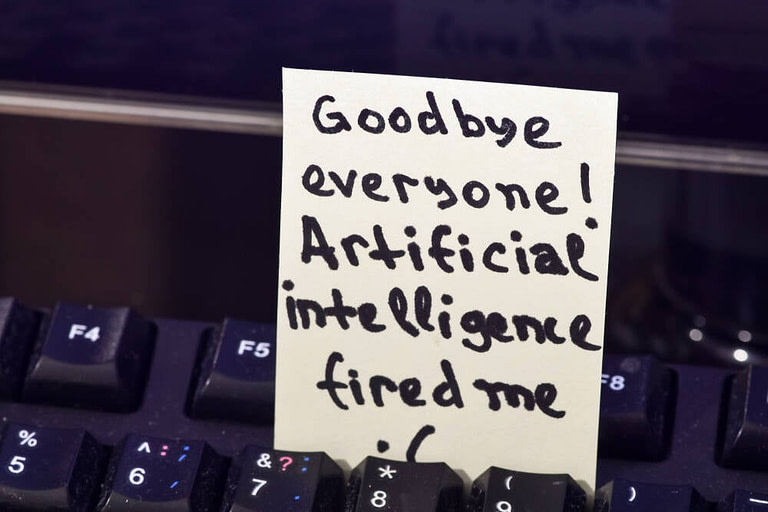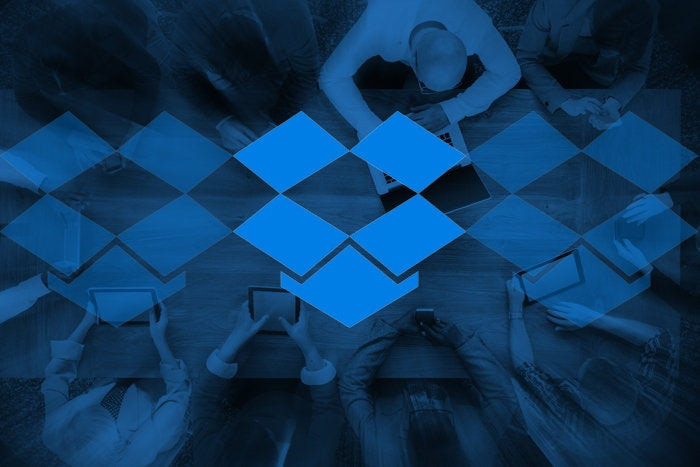The future of work is uncertain, and the pandemic has only accelerated this flux. Leaders in organizations around the world are struggling to find a way forward that will ensure their success in an ever-changing landscape. McKinsey & Company have developed a new approach to help these leaders navigate this uncertainty: hybrid work and applied AI.
Hybrid work combines elements of remote working with traditional office settings, allowing for greater flexibility while still providing structure and support for employees. Applied AI takes advantage of machine learning algorithms to automate certain processes, freeing up time for more creative tasks or higher-level decision making. Together, these two approaches can provide organizations with the agility they need to stay competitive in today’s rapidly changing environment.
McKinsey & Company suggest that leaders should focus on three key areas when implementing hybrid work and applied AI: culture, technology infrastructure, and data governance. Culture is essential for any successful organization; it sets expectations about how people interact with each other as well as how decisions are made within the company. Technology infrastructure provides access to tools such as cloud computing services or collaboration platforms which enable teams to communicate effectively even when working remotely or across different locations. Finally, data governance ensures that all information collected by an organization is secure and compliant with relevant regulations—a critical factor given recent changes in privacy laws around the world.
Leaders must also consider how best to manage employee wellbeing during times of change like those we’re currently experiencing due to COVID-19 restrictions on physical contact between colleagues at offices or worksites . This includes ensuring adequate mental health resources are available both online (e..g., virtual counseling) and offline (e..g., flexible hours). Additionally, employers should look into ways they can incentivize employees who may be feeling overwhelmed by their workloads—such as offering additional paid leave days or bonuses for completing projects ahead of schedule—to ensure everyone feels supported throughout this transition period .
Finally , McKinsey & Company recommend creating a “future proofing plan” which outlines strategies for adapting quickly if needed — such as developing contingency plans based on potential scenarios — so that organizations remain agile enough not just survive but thrive despite whatever challenges come their way .
In conclusion , hybrid work combined with applied AI offers great potential for businesses looking towards a brighter future — one where they can remain competitive no matter what comes next . By focusing on culture , technology infrastructure , data governance , employee wellbeing ,and future proofing plans leaders can equip themselves with the necessary tools required navigating through times of flux successfully .
| Hybrid Work And The Rise Of AI: How Leaders Can Navigate A Future In Flux | Business | McKinsey & Company






